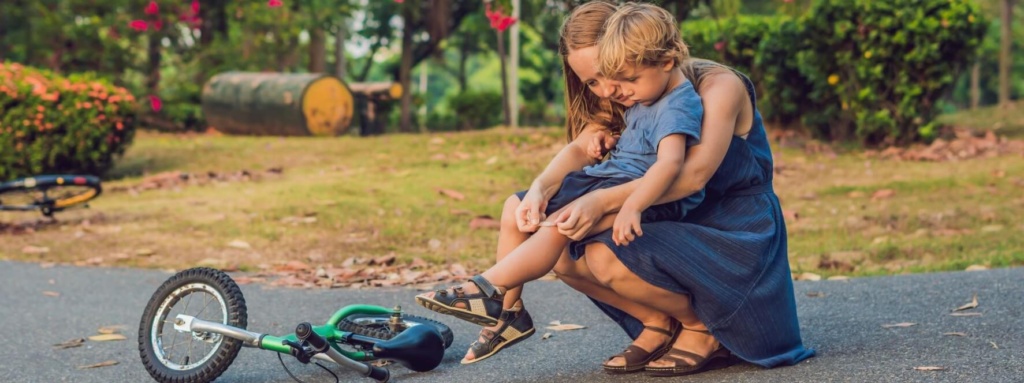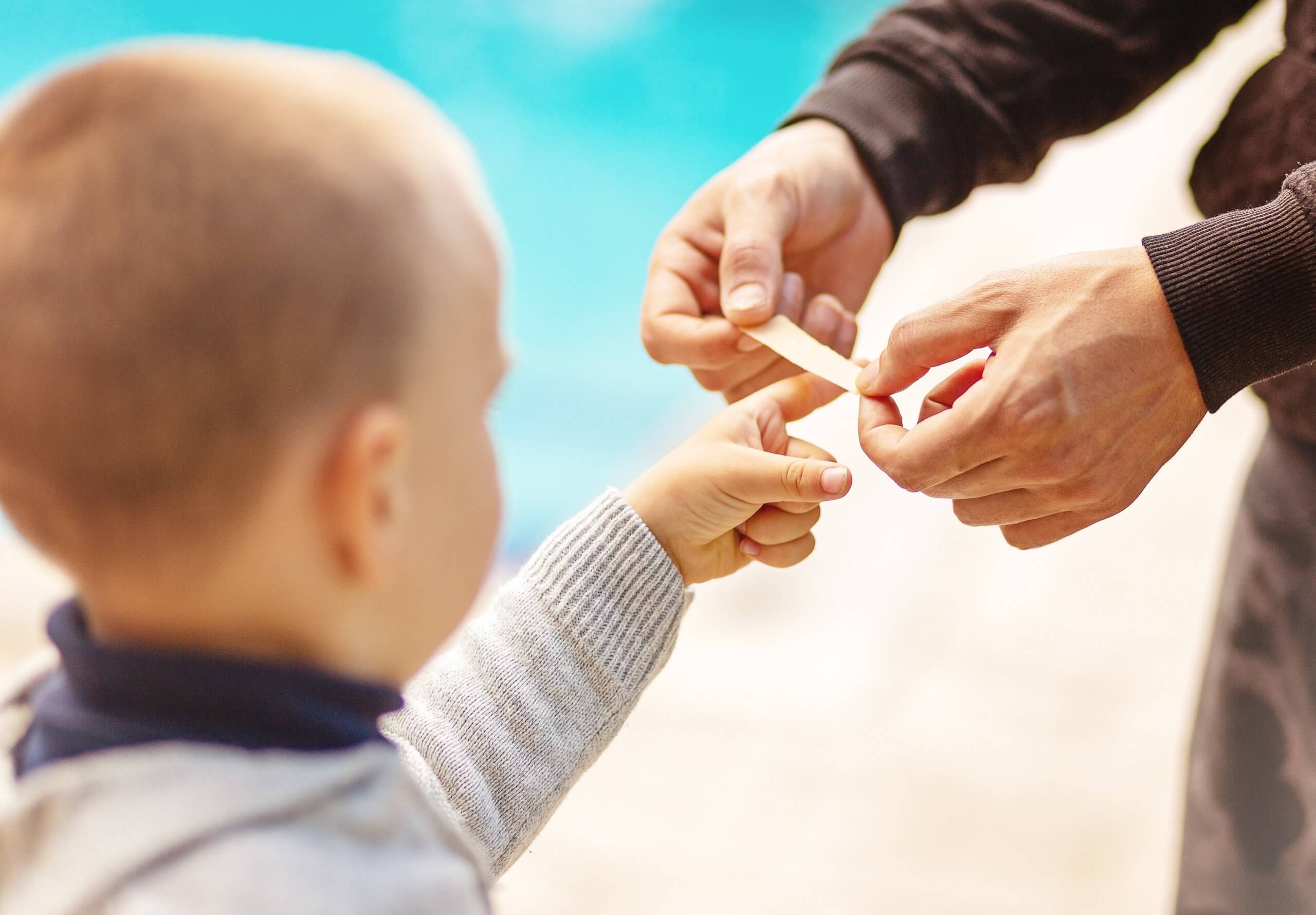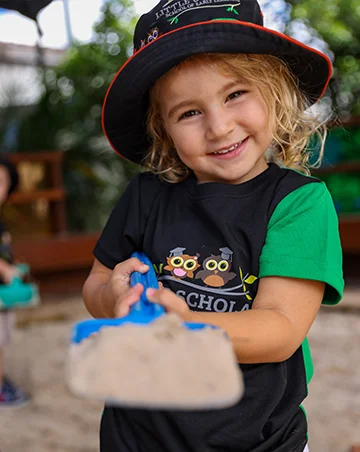Are you unsure of how to respond to your child when they hurt themselves?
Growing up involves a lot of falling, tripping, bumping into things and it can cause big feelings in our little ones when it happens.
Something as small as a scrape on the knee may not be a big deal for an adult but may be a big issue for our little ones. We want to validate their feelings by letting them know we understand they are hurt, while at the same time not making a big deal out of something that could be a minor injury.
According to research, parents who are more anxious and distressed, are less able to support their children when they get hurt. This increases the distress of the child, and that child is less likely to be distracted by toys or conversation. It’s important to pause, take a deep breath and assess the situation and see what response will be best helpful to your child. The solution could be as simple as a hug!

Ask them what happened from their point of view.
“I can see you hurt your finger, it looks like it hurts! Can you tell me what happened?”
Acknowledge that you can see that they hurt themselves and have them to explain how it happened. This allows them to communicate openly with you and explain how the injury occurred, even if you may have seen it happen.
Show them that you understand their pain
“I know it hurts, I’m here for you.”
Let your child know that you feel their pain and you can understand why they are upset. It’s important that your child knows this as they will always feel comfortable coming to you in times of need.
Find the best course of action to help
“Ouch! I can see that your knee really hurts! Would you like to put a band-aid?”
Collaborate with your child and find out what the best solution may be to help. Ask your child if ice, a cold compress, or a band-aid will help their injury. This offers them a distraction and helps to move along the healing process.
Listen and give them the space they need to express how they feel
“Take a deep breath. Can you tell me how you are feeling?”
Give your full attention as you listen to them explain why they are hurt and encourage them to take deep breaths. Get them to take through their feelings. They might be mad that they hurt themselves so they can’t continue their activity, or they may be frustrated that something didn’t go their way. Listen as they go through the motions of telling you what happened.
Allow them to be a part of the recovery process
“Would you like to choose a band-aid? Here, you can pull the paper off.”
Distractions can help move on with the recovery process. Once you have acknowledged their pain and given them a chance to express how they feel, allow your child to help with the recovery process by opening the band-aid wrapper or applying the ice.
If your child refuses a hug or doesn’t want to talk to you, give your child a chance to regulate themselves by saying something like, “I can see you are really upset about this and it’s okay to be upset, but it doesn’t seem like what I am saying is helping you. Take some deep breaths, I’ll be right here when you need me.”
You aren’t ignoring your child or not validating their feelings, they may just need a little time on their own because we all do sometimes! The main thing we want our children to know when they are hurt, is that they are safe with us, we understand how they are feeling and that we are here to care for them.


